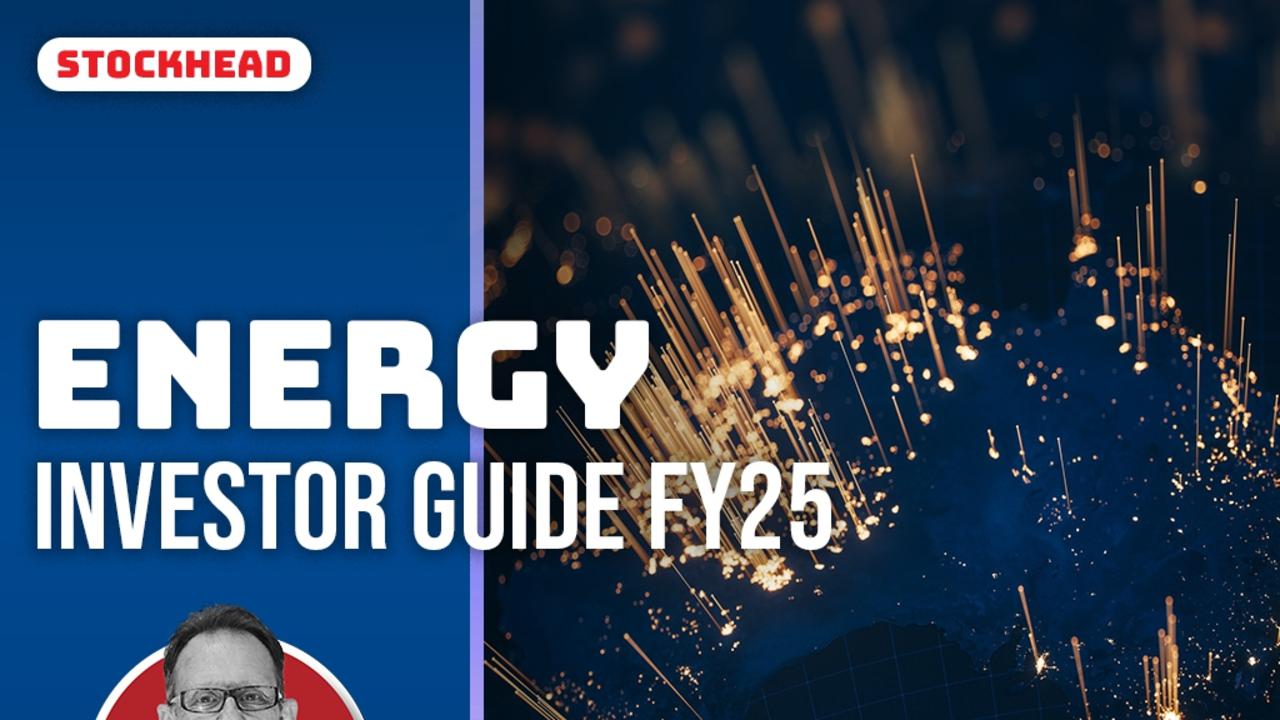Stockhead: RBA’s hawkish pivot could trigger return to old-school bonds
The RBA’s first rate hike in more than 11 years – with more likely on the way – could well mean a comeback for old-style bonds, experts say.

As Australians digest the RBA’s first rate hike in more than 11 years, could the old-school bond (think Connery/Moore, rather than Brosnan/Craig) be making a long-awaited comeback?
The RBA last week lifted rates 25 basis points, increasing the cash rate to 0.35% in its bid to halt rising inflation. Australian consumer prices jumped 2.1% between January and March, the biggest quarterly jump since the introduction of the 10% GST tax in July 2000.
The Aussie annual inflation pace is now 5.1%, way above the RBA’s 2-3% target with the forecasts of more regular hikes by the RBA this year.
But could conditions be improving for the bond sector and the bears be replaced with bulls?
Horror bond markets may turn
BetaShares senior portfolio manager, Chamath De Silva told Stockhead from this time last year there’s been a historic move in benchmark bond yields across many markets, resulting in some rather horrible drawdowns.
“The past 12 months have been a terrible time for fixed income with historic losses – but the question is will that repeat going forward?” De Silva said.
“Bond prices move inversely to bond yields so we are seeing sizeable losses across fixed rate bonds – not only government bonds but also corporate – and inflation-linked government bonds have incurred losses,” he said.
–
For the latest bonds news, sign up here for free Stockhead daily newsletters
–
De Silva said yields have been repriced higher across the curve in Australia, US and most developed markets.
He said this is because the markets are digesting a much more aggressive policy rate stance with stiff global inflationary pressure leaving central banks to counter with the tools they have.
“Central banks are trying to anchor inflation back down to their medium-term target and they do that by signalling more aggressive rate hikes,” he said.
“Bond yields are forward-looking so (they) will price in a rate hike before it happens and that’s why we have seen such a move in higher yields and decline in prices.”
How high will rates go?
De Silva said what matters with bonds is not necessarily whether rates will rise but how aggressively against what markets have already priced in.
“Right now we have a very aggressive outlook so the market is pricing in 10 hikes in the RBA cash rate just this year and a similar amount of hikes for US Federal Reserve,” he said.
“The question is whether the RBA or US Federal Reserve meet those very aggressive rate hike expectations or pull short.”
De Silva said bond yields is moving returns from the future to the present and vice-versa and that’s why bonds are quite different to equity markets.
He said another reason why there is probably a limit to the decline in bond yields is that if they are reflecting higher interest rate expectations once they come under way, there will be consequences.
He said the desired outcome of a tightening policy is to slow aggregate demand and economic growth to dampen down inflation.
“If economies slow down then you could see bond yields start to price in rate cuts further down the line so that also needs to be kept in line as bond yields don’t go in one direction forever,” he said.
“Bonds do respond to the economy and they do themselves impact the economy.”
Most aggressive interest rate hiking in ~30 years
De Silva said the bond market is already expecting the most aggressive RBA rate hiking cycle since 1994.
“There’s a real buffer for fixed income so it’s up to the RBA to deliver a large number of rate hikes to confirm market pricing,” he said.
“It’s what the RBA delivers relative to what is already priced in and historically these peaks in rate hike pricing have tended to be great entry points for fixed income.”
He said that if inflation doesn’t moderate then that may force the RBA to be even more aggressive, but this is unlikely.
“My point of view is there are limits as to how high the RBA can take the cash rate and hike policy rates,” he said.
“Our economy, especially households are highly indebted by global standards but also very sensitive to the RBA cash rate and short term interest rates more broadly.”
No time to be bearish on bonds
De Silva said markets have priced in an RBA cash rate for year end of ~2.6% from 0, which is a very aggressive hike outlook over a short time and will have a huge impact on variable rate mortgages and borrowing rates more broadly.
“Beyond this year the market is expecting the cash rate to be taken as high as ~3.5% over the next 12-18 months,” he said. “This is an historically aggressive rate hike outlook already priced into the market.”
“If you are bearish on bonds what you believe is the RBA will forced to be even more aggressive than what is priced in.”
He said bond yields are quite compelling right now and have the potential to provide meaningful income for investors. A 10-year government bond is offering yields of 3.2% which has been seen since ~2014.
“Corporate bonds you’re looking at yields of 4-5% depending on the maturity and credit quality,” he said.
“I think one headwind for corporate bonds is if we were to go into a global recession or see a US recession in the next 12 months the spread between corporate and government bonds might widen out further.”
De Silva said if you have a longer-term time horizon then corporate bonds have RBA rate expectations already embedded in their yield and offer a credit spread on top of government bonds as well so could be a good prospect.
“If you can withstand a little volatility over the next 12 months, then corporate bonds could produce deepened returns both income and even capital gains if rate hike expectations were to moderate,” he said.
Inflation-linked bonds
While cost of living pressures are getting higher, De Silva said inflation-linked bonds, known as linkers, are a very small part of the overall market in Australia with demand low.
“In the UK and many other countries it is much bigger because there is a natural demand for inflation-linked bonds because of defined benefit pensions which creates a structural demand,” he said.
“Defined benefits are a small part of our retirement system so that is why there is not a big market for inflation-linked bonds.
He said the market could grow going forward as investors seek inflation protection.
But wait, there’s Moore – a quick warning on linkers
In a quick bond 101 tutorial De Silva said linkers often trip investors up because they can still be subject to a lot of the volatility that affect fixed rate debt.
He said as bond prices move inversely to yield maturity is a big determinant to how sensitive a bond is to interest rates.
“The same applies for inflation-linked bonds except it’s not to nominal bond yields but to real bond yields,” he said.
“If inflation-adjusted bonds increase like they have in Australia over the past few months then inflation-linked bonds can fall in price even if inflation is accelerating.
“So inflation-linked bonds can be a complicated asset class to get your head around and we just haven’t had a culture of investing in linkers.”
Increasing demand for bonds
Fixed income and funds management firm Income Asset Management Group (ASX:IAM) said it was starting to see increasing demand for bonds.
IAM Director of Credit Strategy Matt Macreadie said rising inflation and interest rates are key challenges for fixed income investors.
“It is important to ensure your portfolio is well diversified and provides protection against rising inflation and interest rates,” he said.
Macreadie said bond investments that pay a floating rate of return (both corporate and hybrid bonds) are better off as the interest (coupon) is adjusted to reflect benchmark market rates.
“Furthermore, these investments have no duration (or interest rate) risk so fixed income investors can sleep at night knowing there will be no capital losses,” he said.
“However, with investment-grade fixed rate bonds now offering close to 6% those investors with currently limited fixed income should be using this environment to opportunistically add given favourable market rates.”
This content first appeared on stockhead.com.au
At Stockhead, we tell it like it is. While Income Asset Management is a Stockhead advertiser, it did not sponsor this article.
SUBSCRIBE
Get the latest Stockhead news delivered free to your inbox. Click here



To join the conversation, please log in. Don't have an account? Register
Join the conversation, you are commenting as Logout